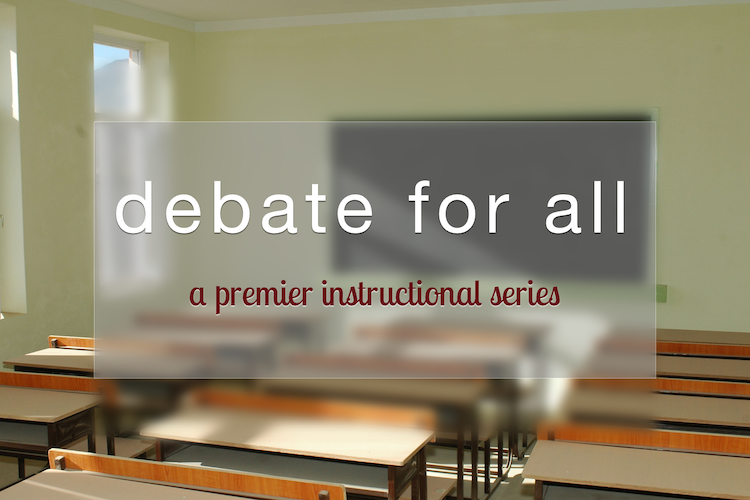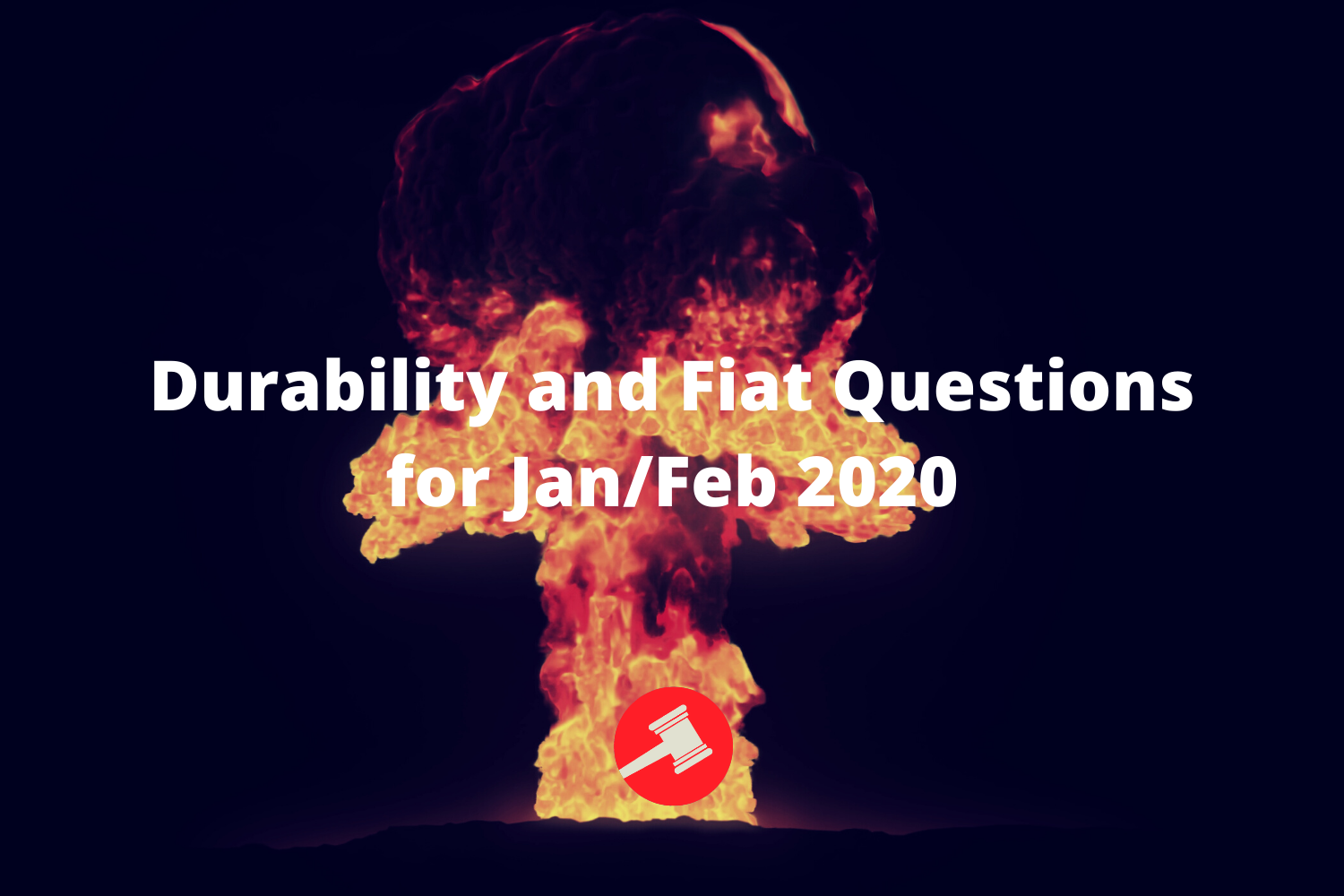Debate for All – RVI

Concept
Sometimes you’ll hear a suspicious-sounding word in Scrabble where you’re not quite sure if it’s a real word. You can initiate a “challenge,” which is more or less an accusation that your opponent has cheated by using a word that doesn’t even exist. If you win the challenge, your opponent loses a turn. If you lose the challenge, you lose a turn.
This idea that false accusations of cheating should merit a loss is at the heart of an RVI. In debate we don’t have “challenges,” we have theory shells. Often times these theory shells claim your opponent should lose the round for having violated a fair or educational rule.
Like any argument, these shells are often false. Perhaps their proposed rule actually harms debate by being comparatively less fair and educational. Or perhaps no abuse was caused by violating the rule. Or perhaps no one even violated the rule in the first place.
There are two variants on an RVI: a defensive RVI and an offensive RVI. Typically people understand the offensive RVI as being triggered only in the first scenario – namely, where the proposed rule actually harms debate.
A defensive RVI is triggered in any of the three scenarios: your rule hurts debate, I did not violate your rule, or there would have been no abuse had I violated your rule.
In this article, we’ll only discuss an offensive RVI, but a lot of the following arguments apply to both types. At the heart of either RVI is this: theory should be a two-way street – if the theory initiator can win on theory, then so should the theory respondent.
Historical Note
When theory was first popularized in LD, there was another use of the term RVI to describe arguments that claimed theory itself is a bad practice and that fact is enough to vote against it. For example, theory posits ex-post facto rules that no debater could predict before the debate, so theory itself is unfair. If this seems self-defeating, then you’re on to something. These types of arguments don’t see much play on the national circuit anymore, and RVI is no longer used to describe them. We might call them “theory bad,” turns to fairness or maybe even critiques of theory.
Strategy
In general, the RVI is a good strategy in the following two cases: 1) If you think you’re a better theory debater than your opponent and want to stick them to their theory argument. All else equal, the RVI makes it so that whoever wins the theory debate wins the debate. Thus, if you’re more skilled at theory, you have a good reason to read an RVI. 2) If the theory argument is awfully wrong and you’re bound to win your counter-interpretation. In this case, why not read the RVI to make an easy voter?
1AR RVIs
Negative layering is an extremely common circuit LD strategy. In one speech, the neg might present voters in the form of topicality, a negative case, a kritik, and case turns, for instance. This makes the 1AR very difficult because it has to cover or guard against all four outs from the neg. In this case, the RVI helps enhance 1AR strategy because it adds another potential voter for the aff. A possible 1AR that wins framework, claims the aff outweighs the K, and beats the case turns only establishes 1 potential voter after all that! The RVI at least brings that number to 2.
Not only does it give the aff more ways to win, but the RVI also puts pressure on the 2NR. Now, the neg at the very least has to beat the RVI argument or win their theory interpretation. In a world without the RVI, the 2NR could simply kick theory and not worry about it, but the RVI forces some time commitment from the 2NR, which will make the 2AR easier on whatever the aff decides to go for.
2NR RVIs
The neg can read RVI arguments against 1AR theory for similar strategic value. It opens up the neg’s strategy by creating an additional way to win. That said, it may diminish the amount of time the neg can spend on the rest of the debate, which might make the 1AR’s job easier. A savvy negative will balance the amount of time on the RVI and counter-interpretation so it’s just enough to establish a credible voting issue, but not so much that if the 2AR beats the RVI, the rest of the debate is easy to win.
The time pressure benefit applies even more when you’re neg. An RVI on a 1AR theory argument can be devastating if the 1AR shell is so short that the 2NR can just overwhelm it with arguments. Consider a 1AR that makes a 30-second “PICs bad” theory argument. A well-prepared 2NR might spend 4 minutes on why PICs are good and include reasons for an RVI. Combined with an extension of the negative case, this makes for a difficult 2AR.
Example
How would you go about making an RVI argument?
Generally, the RVI is the last argument made by the respondent on theory. After forwarding a counter-interpretation and responding to your opponent’s interpretation, doing weighing between the standards and voters if necessary, you would say “And, theory is an RVI because 1… 2…” etc.
Some possible arguments for an RVI include:
1) Reciprocity. Without an RVI, the neg can either win on substance or on theory, which is a 2:1 skew since I’d have to win both to win the round. An RVI solves by making theory a two-way street.
2) Drop them on an RVI because it deters time-suck theory that distracts us from substance debate, killing substantive education.
3) Time skew. There’s no way a time-crunched 1AR can get through both substance and theory, so the aff uniquely needs an RVI.
Controversy
Many coaches and debate theorists believe the RVI is a false argument. Many with a policy background find it downright laughable that a debater should win by responding to theory or topicality. This might have something to do with the norm in policy that theory should rarely ever decide a round.
Many if not post circuit judges in LD, however, will vote on an RVI argument if it is won, regardless of their personal preference. You should definitely check your judge’s paradigm to see which way they lean on the debate because judge preference might be the difference between a win and a loss in a close RVI debate.
We’ll go into more depth about how to handle a lot of the answers to RVI’s in a future update.



